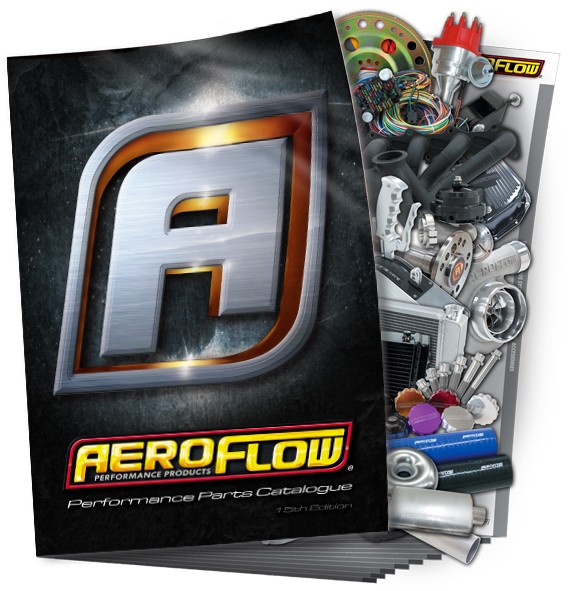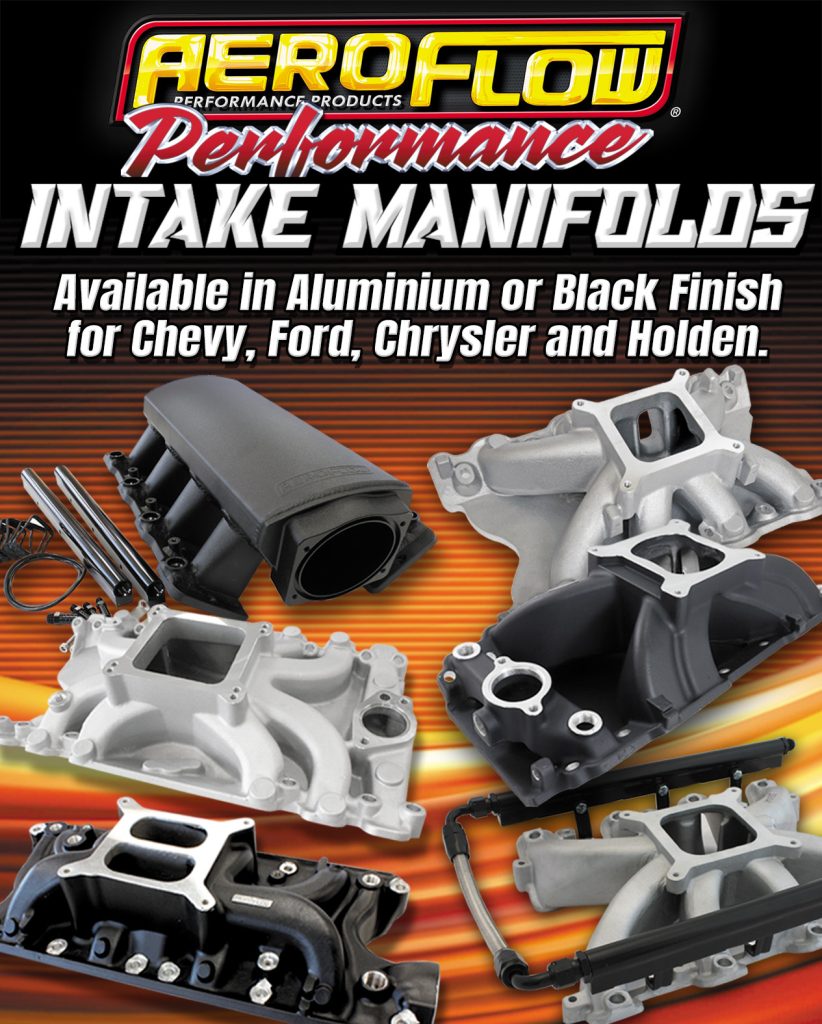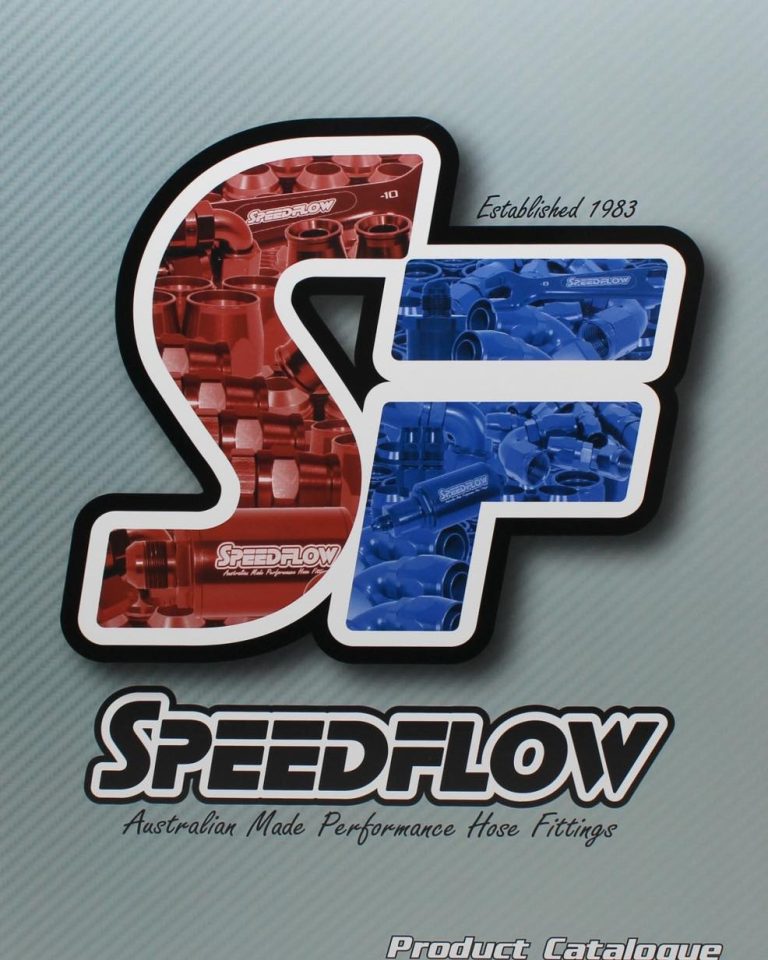
Years ago, drivers fearlessly climbed into their race cars wearing only cotton t-shirts and jeans. These days, most motorsport participants are more informed about driver safety and the importance of being protected from head-to-toe in any racing event. The ability of someone to emerge from a burning car virtually unscathed is a direct result of the increase in personal safety awareness.
Of course, drag racing or motorsport of any kind is inherently risky but the chance of injury can be reduced if you take the time to protect yourself properly.
Personal safety is a system of the driver suit, accessories, and helmet. The hub of this system is the driver suit.
There are many things that influence what kind of suit you need. Sanctioning body rules, track requirements, the type and speed of your car and so. How do you put these factors together to ensure you buy the suit that is right for you? Some drivers look for a manufacturer’s name they know or trust. Other people may be new to the sport and not as familiar with the products available.
No matter how much you already know (or don’t know) about driver suits, there is a standard that will guide you in your choice of a well-made garment. That standard is the SFI Foundation Specification 3.2A for Driver Suits. You have probably noticed the black and white SFI patch on many drivers’ left shoulders at various tracks, from drag strips to dirt ovals. The patch demonstrates that the manufacturer certifies the suit to meet or exceed the SFI specification.
What does this mean to the consumer? It means that there is a way to differentiate quality-assured products from untested products. A driver suit that is certified to meet the SFI spec has been laboratory tested and has passed the requirements of that test. Before getting into the details of the testing procedures, it is necessary to understand what the SFI Foundation is and what it does.
SFI is a non-profit organisation established to issue and administer standards for specialty/performance automotive and racing equipment. This includes parts like clutch assemblies and fuel cells as well as personal driver safety items.
The standards/specifications are created via a committee process. The technical committees are comprised of individuals from all facets of the industry. Through their expertise and research, a spec is drafted and then offered to all interested parties in the form of a public hearing. Once revised to the committee’s satisfaction, the spec is presented to the SFI Board of Directors for approval. If approved, the spec is published and made available to the public. Sanctioning bodies all over the world include SFI specs in their rulebooks and use them as minimum requirements.
The driver suit spec 3.2A tests a garment’s fire retardant capabilities. The spec contains a rating system based on the garment’s capability to provide Thermal Protective Performance (TPP) in the presence of both direct flame and radiant heat. The purpose of the TPP is to measure the length of time the person wearing the garment can be exposed to a heat source before incurring a second degree, or skin blistering, burn.

A Nitro Funny Car fire is one of the harshest tests for fire suit safety. The SFI 3.2A/20 fire suit for nitro drivers will buy the driver 40 seconds of time before second degree burns if the suit is cared for and fitted properly.
The TPP rating is the product of exposure heat flux and exposure time. The TPP results can be converted to the time before a second degree burn occurs. The higher the garment rating, the more time before a second degree burn. Here are the SFI ratings with the corresponding TPP values and times to a second degree burn:
SFI Rating – TPP Value – Time to 2nd Degree Burn
3.2A/1 – 6 – 3 Seconds
3.2A/3 – 14 – 7 Seconds
3.2A/5 – 19 – 10 Seconds
3.2A/10 – 38 – 19 Seconds
3.2A/15 – 60 – 30 Seconds
3.2A/20 – 80 – 40 Seconds
Another test included in the spec is the after-flame test. A direct flame is applied to the fabric and then removed, and the time it takes the material to self-extinguish is measured. This is called after-flame time and it must be 2.0 seconds or less for the layer of fabric to pass. Cuff material is also subjected to this test.
The flammability test evaluates single layers of fabric only. The individual layers of a multiple-layer suit are tested for after-flame time separately.
The TPP test can be used to evaluate multiple-layer configurations as well as single-layer fabrics. The samples used in testing are assembled with the identical fabrics and layer order as an actual driver suit.
Other tests required by Spec 3.2A include thread heat resistance, zipper heat resistance, and multiple layer thermal shrinkage resistance.
A common misunderstanding about SFI ratings is that they represent the number of fabric layers in the garment. It is actually possible for driver suits with various numbers of layers to have the same performance rating. This is due to the wide range of materials used by manufacturers today.
The radiant heat portion of the spec is significant because the majority of racer burns are caused by heat transfer rather than direct flame. Insulation is the best way to prevent this kind of burn. Using multiple layers of fabric helps keep the heat source away from the skin longer because each layer creates air gaps that have to heat up. The extra seconds gained with each layer are precious to a driver trying to escape from a burning car.
Another way to obtain extra air gaps is to wear racing underwear. Fire resistant underwear should be worn with every type of driver suit, especially single layer suits because it will double the minimum protection time (+3 seconds). The 3.2A rating does not include underwear. It is certified through SFI Spec 3.3 for Driver Accessories and undergoes the same TPP and flammability tests as the driver suit outerwear.
A garment’s insulation capability is also affected by the fit of the suit. A suit worn too tight will compress the air gaps and allow heat to reach the skin faster.
There are other things you can do besides finding a correct fit to optimise the protection performance of your driver suit. For maintaining the quality of your suit, it is absolutely essential to read the care tag on the garment and closely follow the manufacturer’s instructions.
Avoid wearing your suit while working on the car. Not only would you be ruining an expensive piece of equipment, but you would essentially be inviting a fire to burn you. Grease, fuel, oil, and even cleaning fluids can soak into the fabric and support the flames of a fire, causing high heat. Fluids soaked into a suit also produce steam when exposed to heat and cause liquid vaporisation burns.
If you are ever involved in a fire, discard your suit and get a new one. Even the smallest singe is a weak spot in the material and can cause a problem if exposed to fire again. Proper maintenance of a driver suit will help extend its useful life and provide you with years of protection.
Information provided courtesy SFI Foundation.
















